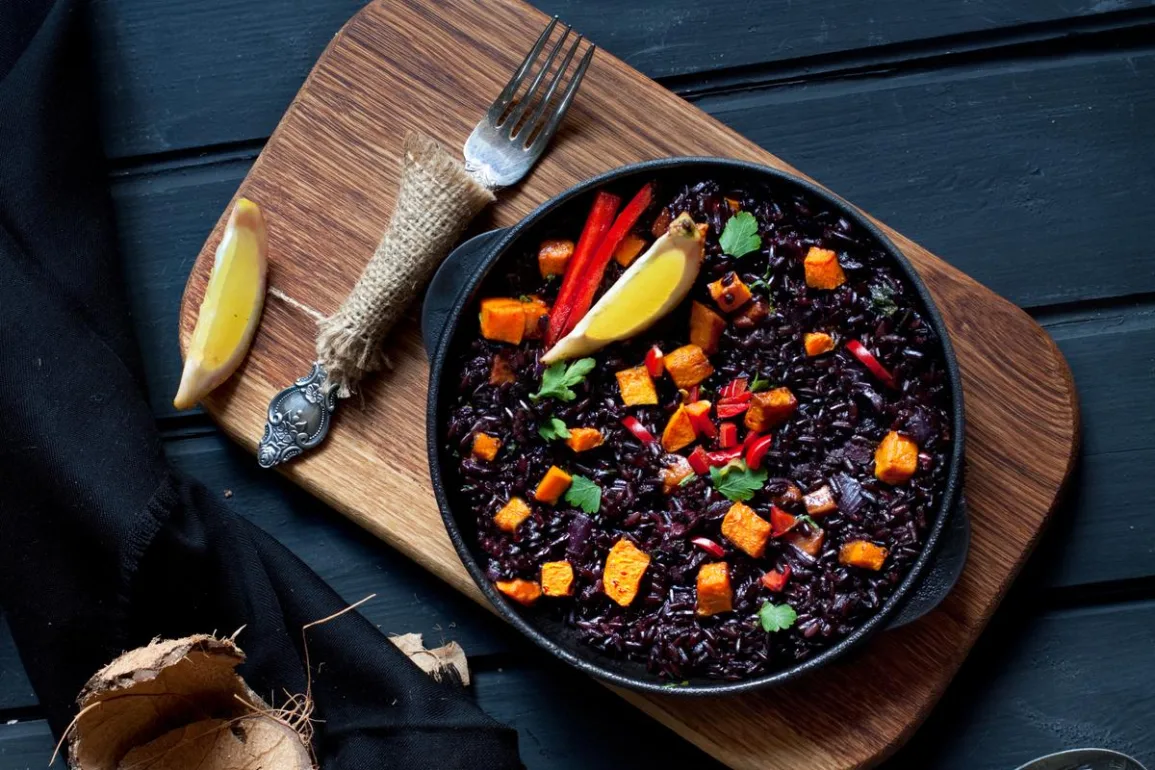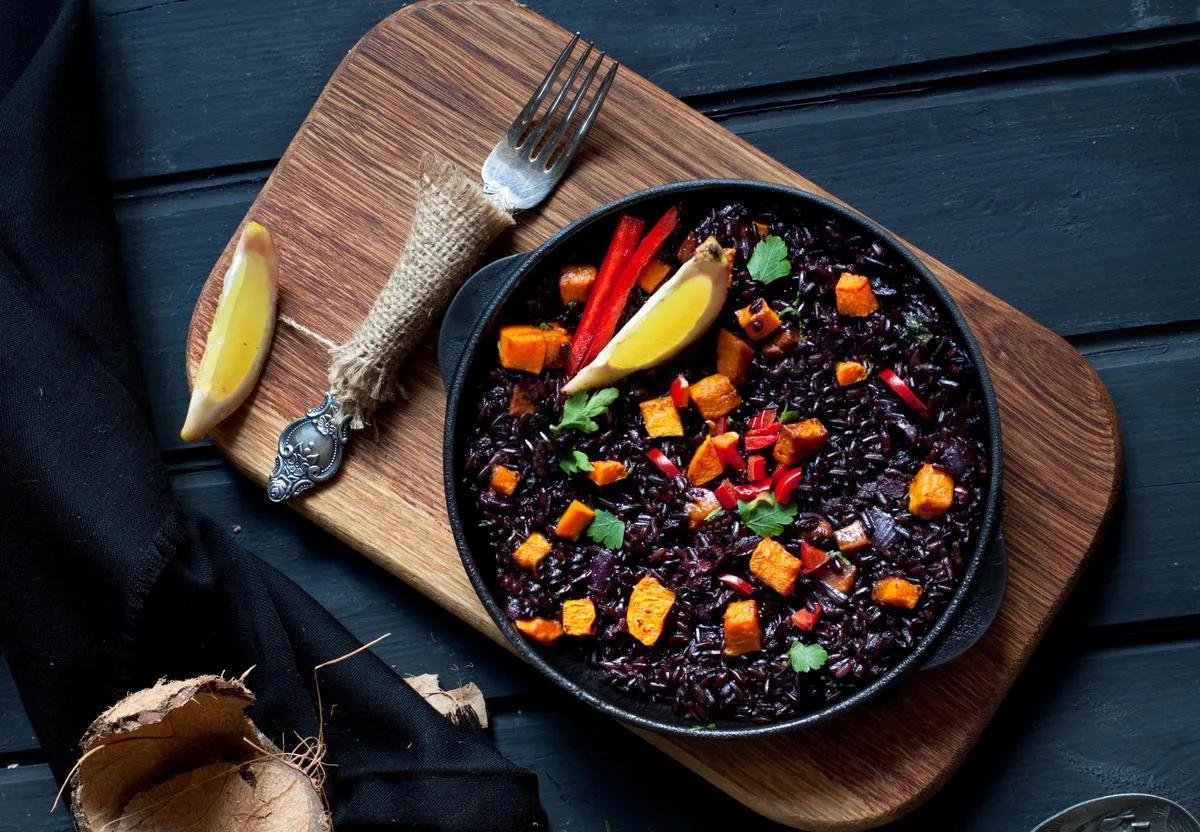Black rice, often referred to as forbidden rice or emperor’s rice, is a nutritious variety of the food staple that has been a cherished part of Asian cuisine for centuries. Its intriguing name carries a historical tale of exclusivity, where only the privileged class had the honour of savouring its benefits.
2 things you need to know
- Forbidden black rice is rich in antioxidants and nutrients.
- It supports eye health and may help manage diabetes.
What is Black Rice?
Black rice, scientifically known as Oryza sativa, comes in various grain lengths, including long-grain, medium-grain and short-grain. While it may not be as common as its white, brown or red counterparts, black rice stands out as a nutritional powerhouse. Its striking dark hue, reminiscent of eggplant or blueberries, is attributed to the presence of anthocyanins, potent antioxidants known to safeguard the body’s cells from harm.
(Black rice stands out as a nutritional powerhouse | Image: Shutterstock)
Health benefits of ‘Forbidden Rice’
The health benefits of black rice are gaining recognition, with research indicating its potential to aid weight management, enhance eye health, protect against chronic diseases like cancer, diabetes and heart disease and reduce inflammation. While more extensive studies are needed to fully grasp its advantages, early findings are promising.
Improved nutrition
Black rice boasts an impressive nutrient profile, containing more vitamin E, calcium, and potassium than its counterparts. It offers higher levels of protein, fibre and iron, making it an excellent choice for those seeking a nutritious diet. For example, a one-cup serving of prepared black rice contains over 10 times the iron found in unenriched white rice and higher protein content.
Supports eye health
Carotenoids and vitamin E in black rice contribute to the well-being of your eyes, protecting retinal cells and reducing the harmful effects of ultraviolet radiation. These antioxidants play a role in preventing cancerous cell growth.
Diabetes management
The antioxidants and phytochemicals in black rice can improve insulin sensitivity, facilitating better glucose utilisation and blood sugar control.
Protection against disease
The outer layer of the black rice contains an abundance of anthocyanin antioxidants, aiding in cardiovascular disease prevention, enhancing brain function and shielding cells from free radical-induced cancer.
Reduces inflammation
Plant-based nutrients and antioxidants in black rice show promise in alleviating symptoms of inflammatory conditions like arthritis and dermatitis.
In the past, the designation black rice may have kept this nutritional treasure out of reach for most, but today, it is readily available in restaurants, grocery stores and online markets. Incorporating black rice into your diet could be a flavorful and health-conscious choice, offering a wealth of benefits while unlocking the secrets of this ancient grain.



